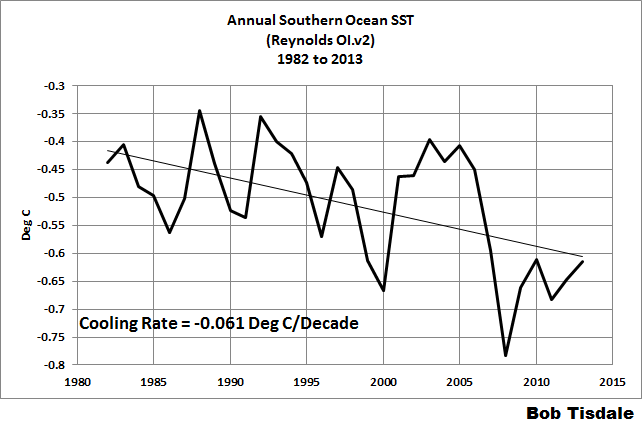Old Rocks
Diamond Member

Fig.3 Monthly Sea Ice Volume from PIOMAS for April and Sep.
Polar Science Center PIOMAS Arctic Sea Ice Volume Reanalysis
Well, looks like ol' Al is closer to correct than the shills flappin' yap about nothing happening at all.




